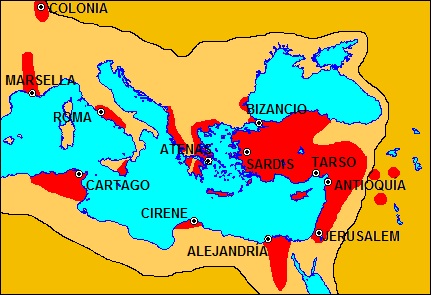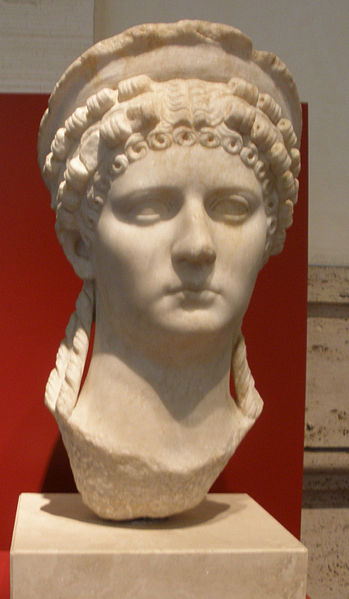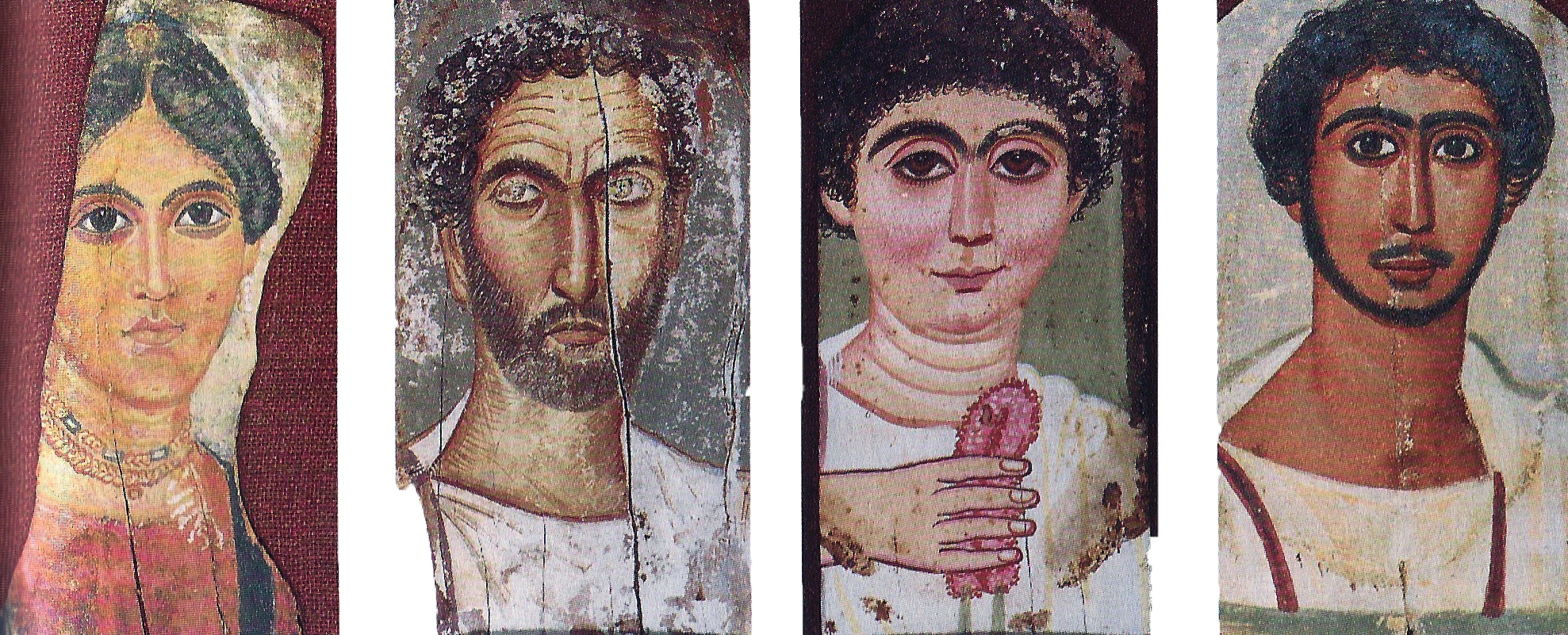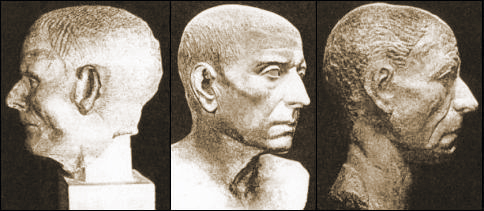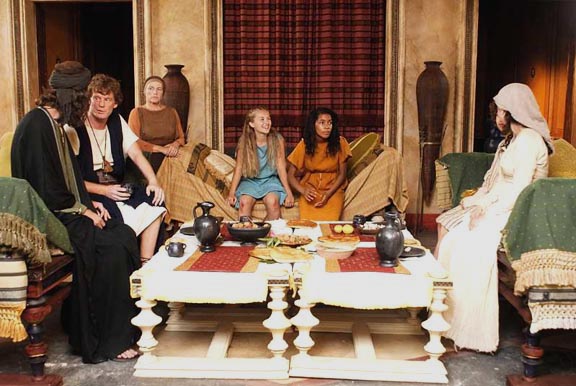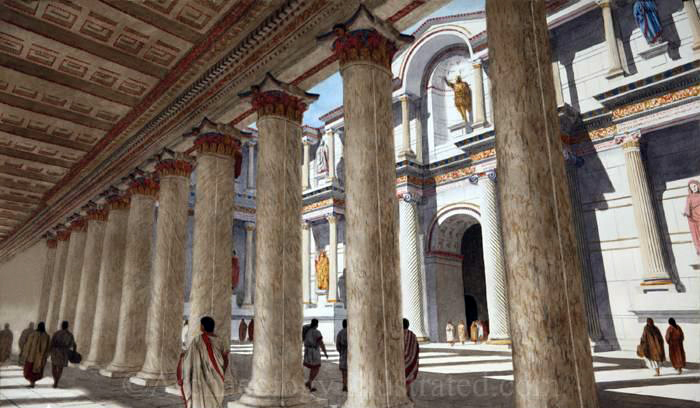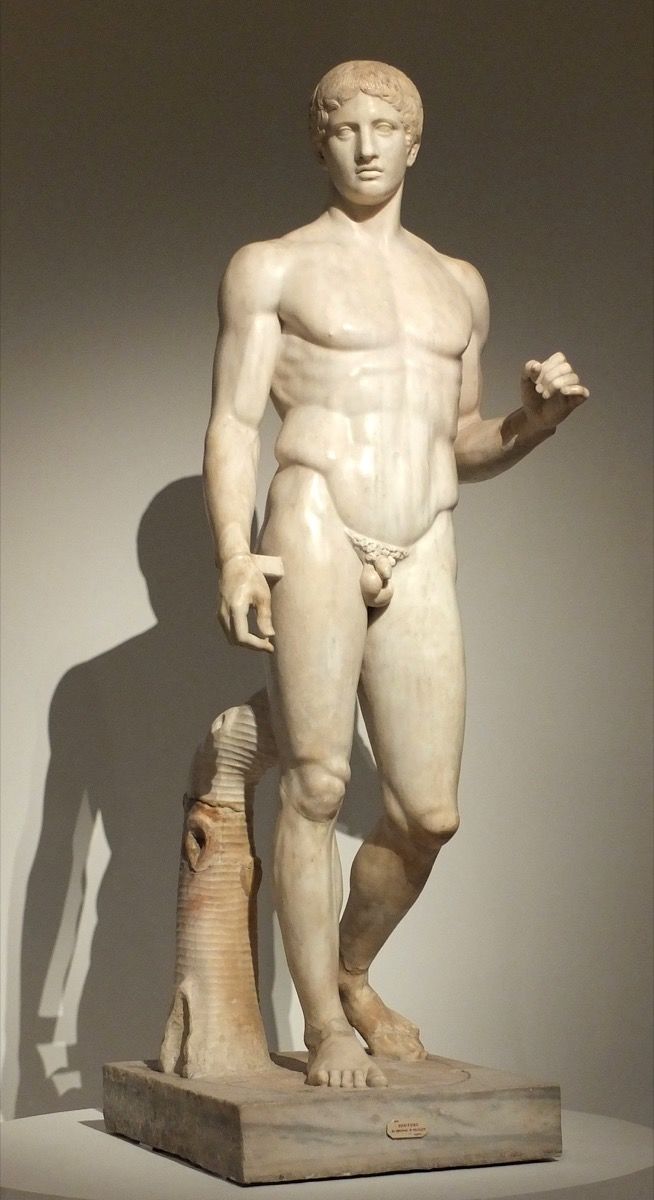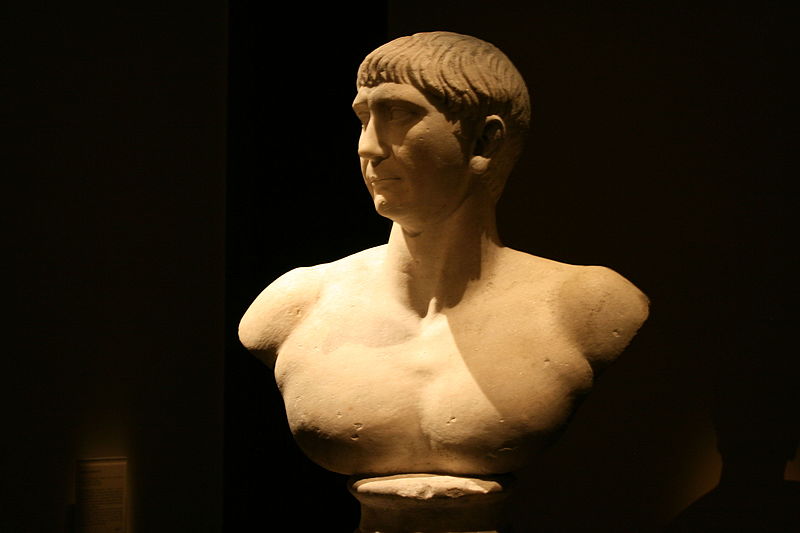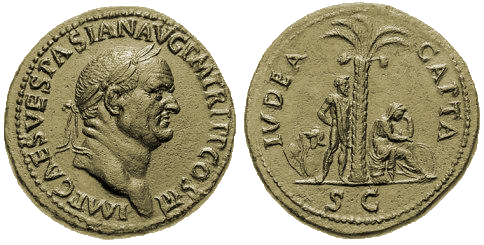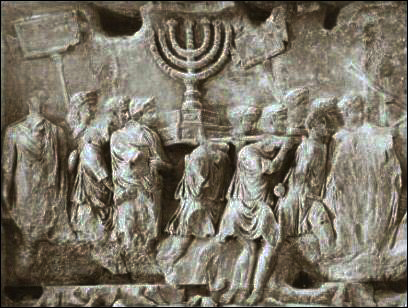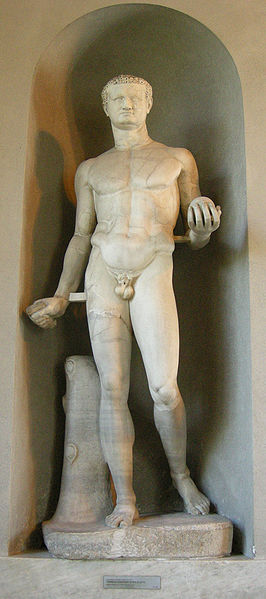by Evropa Soberana
Christians stop being persecuted
In 311, another emperor, Galerius, ceased the persecution of Christianity through the Edict of Toleration of Nicomedia, and Christian buildings began to be built without state interference.
Who knows by which methods the Christians infiltrated the upper echelons, exercise the relevant pressures and launch the resources they needed for Rome to yield more and more. This emperor was a supporter of the mediocre persecution that Diocletian used, but he did not learn the lesson and perhaps thought that, by appeasing the Christian rebels, they will cease their agitations.
He was wrong. The Christians had for some time already proposed themselves to overthrow Rome. In 306, Emperor Constantine I ‘The Great’ rises to power. He reigned between 306-337. This emperor was not a Christian, but his mother Helena was; and he soon declared himself a strong supporter of Christianity.
In the year 313, through the Edict of Milan, ‘religious freedom’ is proclaimed and the Christian religion is legalised in the Roman Empire by Constantine representing the Western Empire, and Licinius representing the Oriental Empire. The Roman Empire is in clear decadence, because not only the original Romans were debasing themselves with luxury, voluptuousness and opulence and refusing to serve in the legions. The Christians have now infiltrated the bureaucratic elite, and already numerous Influential characters practice it and defend it. The Edict of Milan is important, since it ends once and for all the clandestinely in which the Christian world was immersed.
Once legalised, the Christians begin to attack without quarter the adepts of Hellenic culture. The Council of Ancyra of 314 denounces the cult of the goddess Artemis (the favourite and most beloved goddess of the Spartans) and an edict of this year provokes for the first time that hysterical populaces begin to destroy Greco-Roman temples, break statues, and murder the priests.
We have to get an idea of what was involved in the destruction of a Temple in the past. A Temple was not only a place of religious worship for priests, but a place of meeting and reference for all the People. In our days, soccer stadiums or nightclubs are minimally similar to what the Temple represented for the people. To destroy it was tantamount to sabotaging their unity, destroying the People themselves.
As for the breaking of statues, the Greeks—and this was inherited by the Romans—firmly believed that their best individuals were similar to the gods, of whom they considered themselves descendants. This is very clearly seen in Greek mythology, where there were mortals so perfect and beautiful that many gods (like Zeus) took mortal lovers, and many goddesses (like Aphrodite) did the same.
In addition, many particularly perfect and brave individuals could reach Olympic immortality as just another god. Only a people who consider themselves so close to the gods could have devised this. And to leave reflected what was that human type loved by the divine forces, the Greeks established a canon of perfection for the body and face, on which was created a network of complex mathematical proportions and sacred numbers. To destroy a statue was to destroy the Hellenic human ideal: it was to sabotage the capacity of man to reach the very Divinity, from which He proceeds and to which He must return one day.
While destructions of Greco-Roman heritage takes place, and as a reminder that early Christianity was always philo-Jewish and anti-Roman, Constantine allows Jews to visit Aelia Capitolina (Jerusalem) to mourn at the Western Wall: what still is the only thing that remains of the Temple. Thus, Constantine breaks the prohibition decreed to the Jews in the year 134, when the Roman legions annihilated the Palestinian Revolt of Bar Kokhba during the Third Jewish-Roman War.
Since 317, the legions of the empire—which have nothing to do with those ancient Roman legionaries of Italic origin, but are plagued by unruly Christians on the one hand, and Germans loyal to the Empire on the other—are accompanied by bishops. In addition, they already fight under the sign of Labarum, the first two Greek letters of the name Christ: that is, X (Chi) and, P (Rho) combined with the cross, supposedly revealed to Constantine in that famous dream, ‘In hoc signo vinces’ (‘With this sign, you will win’ in Latin).

A labarum, Xtian symbol adopted by Constantine and
ordered to inscribe on the shields of the legionaries.
Note the Greek letters Chi and Rho
that form the labarum.

